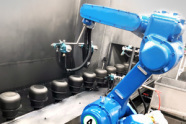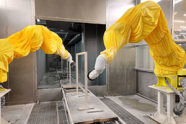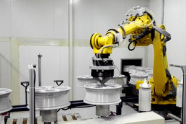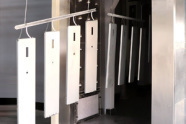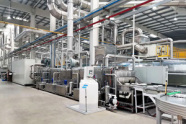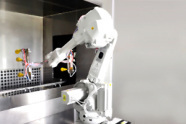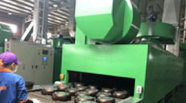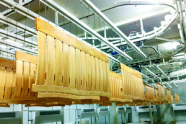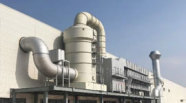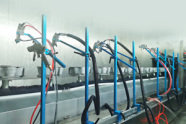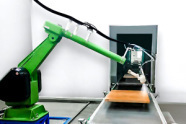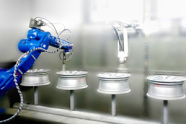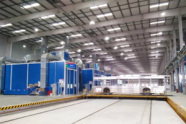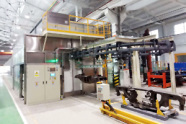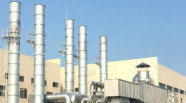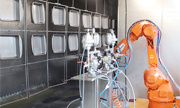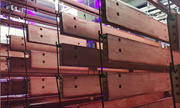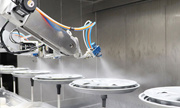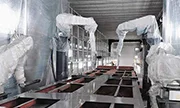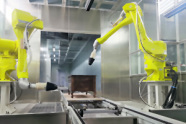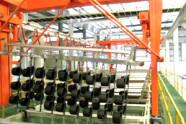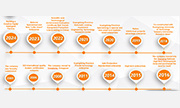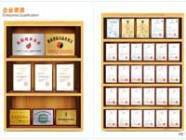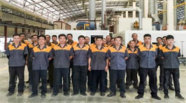Related News
18
2025
-
08
How to Reduce VOC Emissions in Your Paint Shop?
Author:
Chuangzhi Coating
Volatile Organic Compounds (VOCs) emitted from paint shops not only pose risks to worker health but also face increasingly strict regulatory restrictions worldwide. For manufacturers using coating lines, reducing VOC emissions has become a key task to achieve sustainable production and avoid operational risks. As a professional manufacturer of coating line equipment, we integrate technological innovation and practical experience to provide a comprehensive solution for VOC emission reduction, helping enterprises balance production efficiency and environmental protection.
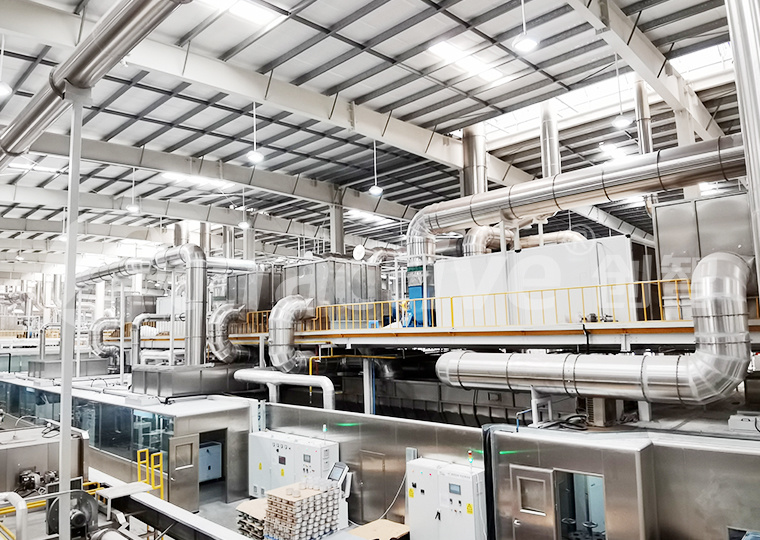
Switch to Low-VOC and VOC-Free Coating Materials
The choice of coatings is the primary link in controlling VOC emissions. Traditional solvent-based coatings contain 50%-80% volatile solvents, which are the main source of VOCs. Replacing them with low-VOC or VOC-free alternatives can fundamentally reduce emissions.
Water-based coatings use water as the dispersion medium, with VOC content generally below 100g/L, which is only 1/5-1/10 of solvent-based coatings. They are suitable for workpieces such as home appliances and auto parts. Powder coatings, which are completely free of solvents, achieve almost zero VOC emissions during application. Their material utilization rate can reach over 95% through recycling systems, making them ideal for metal workpieces like cookware and hardware.
UV-curable coatings are another eco-friendly option. They cure quickly under UV irradiation without high-temperature baking, and their VOC content is usually below 50g/L. However, they require matching UV curing equipment, which is suitable for small and medium-sized workpieces with complex shapes.
Upgrade Spraying Equipment and Optimize Processes
Advanced equipment and scientific processes can significantly reduce VOC emissions by improving coating utilization and reducing solvent evaporation.
High-efficiency electrostatic spraying systems, such as electrostatic spray guns and automatic robots with electrostatic functions, use the principle of electrostatic adsorption to make coating particles firmly adhere to the workpiece surface. This reduces over-spraying by 30%-50% compared to traditional air spraying, thereby reducing the amount of coating used and associated VOC emissions.
The use of enclosed spraying booths with negative pressure design can effectively collect volatile gases. Equipped with air curtains at the entrance and exit, they prevent VOCs from escaping into the workshop. The collected gas is directly transported to the exhaust gas treatment system, reducing secondary pollution.
In terms of process optimization, the "wet-on-wet" painting method can be adopted for multi-layer coating, where the next layer is applied before the previous layer is completely cured, reducing the number of baking times and thus reducing solvent evaporation during baking. For water-based coatings, controlling the temperature and humidity in the drying room (usually 60-80℃, relative humidity 50%-60%) can accelerate water evaporation and shorten the drying time, reducing energy consumption while reducing VOC emissions.
Equip Advanced Exhaust Gas Treatment Systems
Even with low-VOC coatings and optimized processes, some VOC emissions are still inevitable, so installing efficient exhaust gas treatment systems is crucial.
The activated carbon adsorption system is suitable for small and medium-sized paint shops. It uses porous activated carbon to adsorb VOC molecules, with an adsorption efficiency of over 90% for low-concentration VOCs. However, the activated carbon needs to be replaced regularly, and regenerative activated carbon equipment can be selected to reduce operating costs.
For medium and high concentration VOC emissions, the catalytic combustion system (RCO) is more suitable. It converts VOCs into harmless CO₂ and H₂O through catalytic reaction at 200-400℃, with a purification efficiency of over 95% and low energy consumption. It can recover heat from the combustion process for the drying room, achieving energy recycling.
The combination of adsorption and catalytic combustion (such as activated carbon adsorption + desorption + catalytic combustion) integrates the advantages of both, suitable for paint shops with fluctuating VOC concentrations, ensuring stable emission standards.
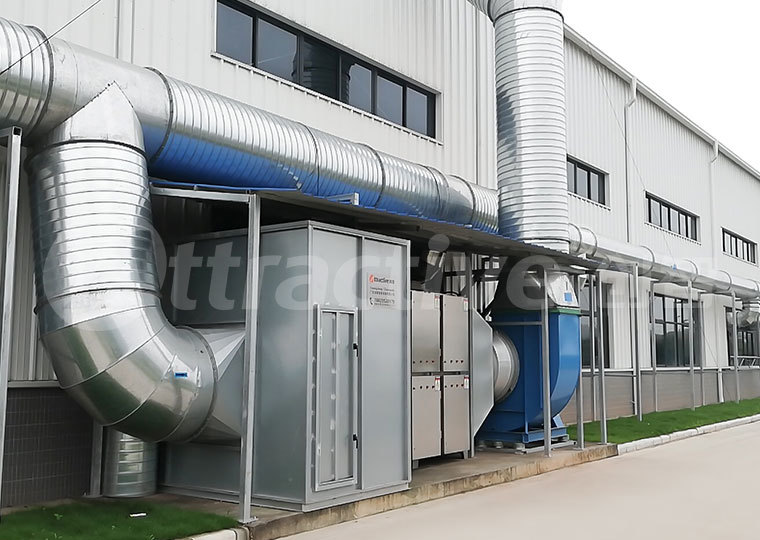
Establish Comprehensive Management Measures
VOC emission reduction requires the cooperation of equipment, processes, and management. Establishing a complete management system can ensure the effectiveness of various technical measures.
Formulate a VOC emission monitoring plan, install online monitoring equipment at the exhaust outlet to track VOC concentration in real-time, and record and analyze data regularly to find potential emission sources. Strengthen employee training to standardize coating mixing and spraying operations, avoid excessive dilution of coatings (which increases VOC emissions) and reduce material waste caused by improper operation.
Regularly maintain coating equipment, such as checking for leaks in paint supply pipelines and ensuring the normal operation of exhaust gas treatment systems. For example, cleaning the filters of the spraying booth regularly can ensure smooth air flow and improve the efficiency of gas collection.
Conclusion
Reducing VOC emissions in paint shops is a systematic project that requires the integration of material substitution, equipment upgrading, process optimization, and management strengthening. By adopting low-VOC coatings, efficient spraying equipment, and advanced exhaust gas treatment systems, enterprises can not only meet environmental protection standards but also reduce material and energy consumption, improving economic benefits. As a provider of coating line equipment, we can customize VOC emission reduction solutions according to the actual needs of enterprises, helping achieve green and sustainable development.
SEO:
Next Page

